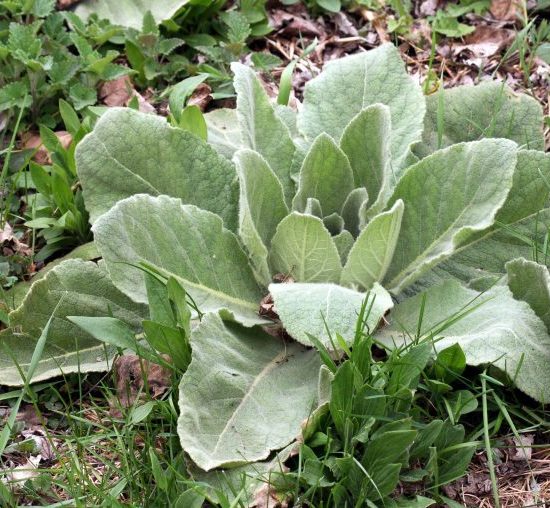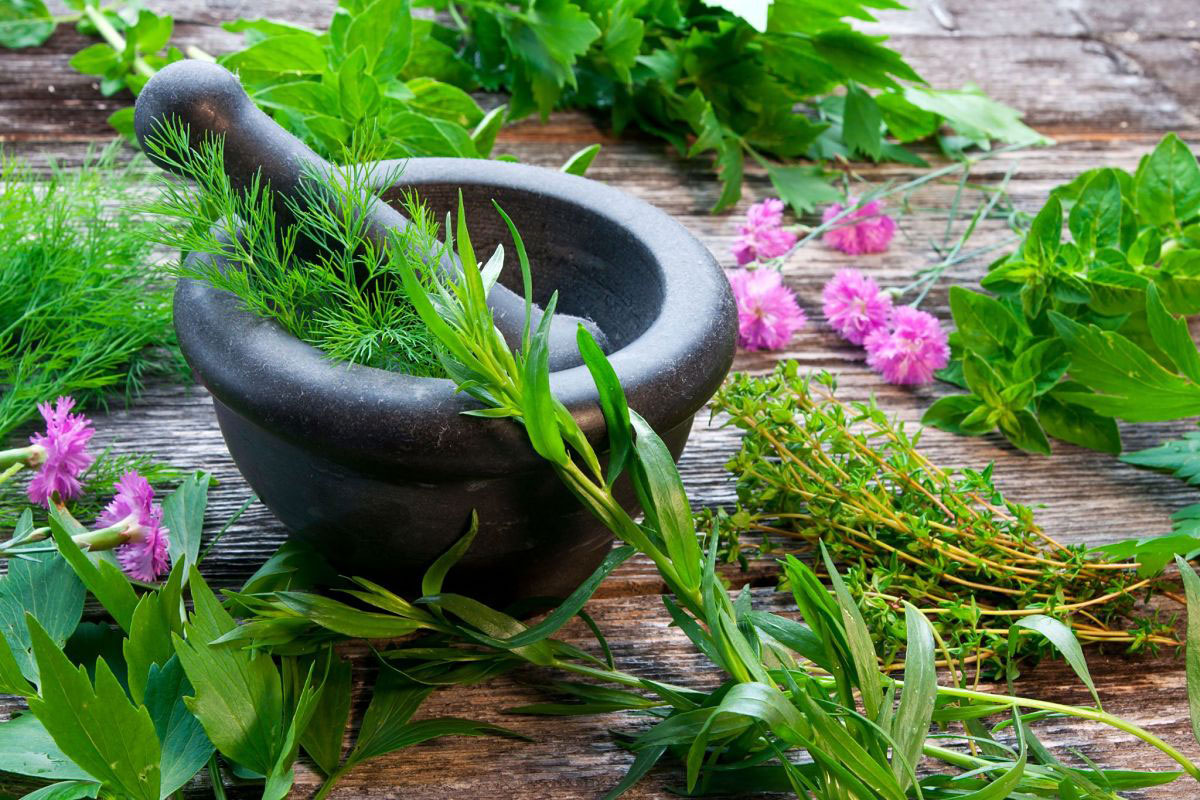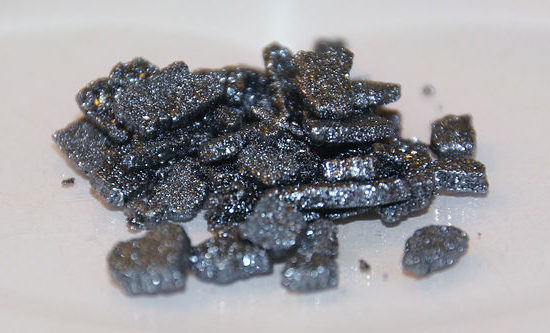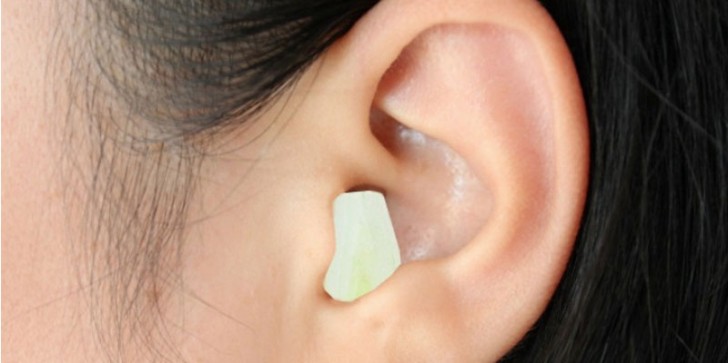
A good many of you probably took one look at my title and said “What?’ You’re probably sure you read that wrong, but you didn’t. You already know that garlic is especially healing. It has been used to treat all kinds of illness and infections over the past centuries, including earaches and ear infections.
Garlic’s health properties include anti-inflammatory, antiviral, antibacterial, and antifungal properties both topically and when eaten. It also eases the pain of an earache when applied topically. It numbs the pain while treating the underlying infection.
How to Use Garlic for Middle Ear Infections
Eat Garlic
Not only does garlic add flavor to your food, it also boosts the immune system, which helps the body heal.
Put Garlic in Your Ear
This works, but your biggest problem is making sure that you remove all the garlic when you’re done. Here is how to do it safely:
#1. First peel a clove of garlic and cut off one end. Wrap the clove of garlic in a small square of gauze, cut end in the center. Twist the gauze so that the garlic is tightly packed against the gauze. Pinch the end to hold it in place.
#2. Place the wrapped garlic into the outer ear with the wrapped end toward the inner ear. Do not push it into the ear canal.
#3. Warm a washcloth or small towel with hot water, squeeze out the excess water and place it over the ear. Hold it in place until the pain is gone or the cloth cools. Do not let water drip into the ear.
#4. When you start to feel a heating sensation in the ear, the pain will begin to subside. Leave the garlic in your ear for 30 minutes or longer.
#5. Remove the garlic by grasping the ends of the gauze and removing the entire bundle.
Use Garlic Oil
Garlic oil is easily made at home with fresh garlic. It is important to make sure everything is sterile before beginning. Boil your containers and utensils covered in a pot of boiling water for 10 minutes or more, longer if you live at elevations above 1,000 feet. Follow this recipe to make a small batch.
You’ll need:
- 1 clove peeled garlic
- 4 tablespoons of olive oil
- Small pan
- Small glass jar with a dropper lid
- Cotton ball
- Strainer
Instructions:
#1. Peel the garlic and chop or crush it
#2. Add the garlic and 4 tablespoons of oil to a small cold pan
#3. Warm the oil and garlic over low heat for about 30 minutes to an hour, infusing the oil. You don’t want to cook the garlic, just warm it through slowly.
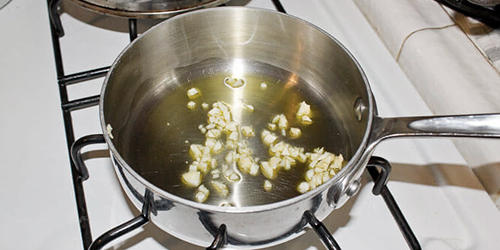
#4. Stir the oil around until you can smell the fragrance.
#5. Remove the pan from the heat and let cool until it is cool.
#6. Strain the oil and pour it into a sterile jar with a dropper lid. Label the jar with contents and date.
#7. Store in the refrigerator and use within 3 days.
To use the garlic oil drops:
Method #1: Lie the person with an ear infection on their side with the painful ear facing up. Put two or three drops of warm oil into the ear. Cover the ear opening with cotton to stop the oil from seeping out. Continue lying in this position for 10 to 15 minutes.
Method #2: Alternately, soak the cotton ball in the oil and place it in the outer ear. Allow the oil to seep into the ear canal.
Warnings and Risks
Do not use garlic or garlic oil if you have a ruptured eardrum. Symptoms of a ruptured eardrum include pain and fluid draining from the ear.
Bacteria can grow in garlic oil, so it is necessary to make sure that all your utensils are sterile. Do not skip this step. Also, store the oil in the refrigerator and discard after 3 days.
In rare cases, garlic or garlic oil can cause skin irritation or even skin burns where it is in contact with the garlic. Test the garlic or oil on a small patch of skin before placing it in the ear. Tender skin such as the inner arm is ideal for testing. Watch for tingling, burning, redness or discomfort where the garlic was applied.
Do not use garlic or garlic oil in the ears of small children or people with narrow ear canals.
How Does Garlic Work
Garlic oil contains allicin which is anti-inflammatory, antibacterial, anti-fungal, and anti-viral, which covers all possible causes of ear infections. The allicin compounds are released and penetrate the eardrum into the middle ear and inner ear to fight the infection. These compounds also reduce inflammation and fluid build-up in the eardrum and middle ear. In addition to numbing the ear, allicin in the garlic also fights pain by reducing inflammation.
Garlic in the ear is a time-tested remedy that our grandparents took for granted. We’ve forgotten many of these old-time remedies. That is why I believe it is so important to share these remedies.
If you are wary of herbal remedies, you should know that there have been a few studies done on using garlic to heal infections. At least one study tested the benefits of using garlic in the ear and verified the healing benefits.


















